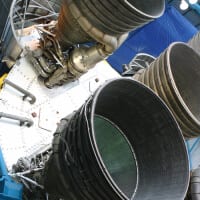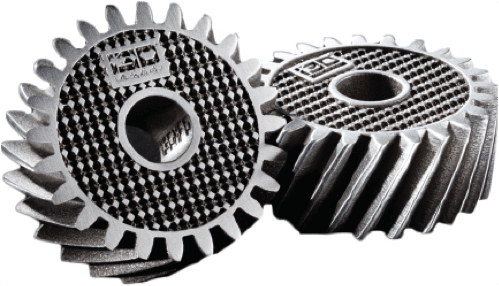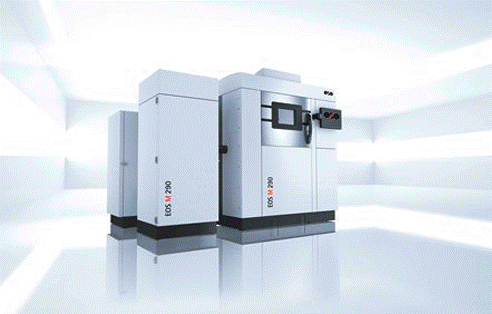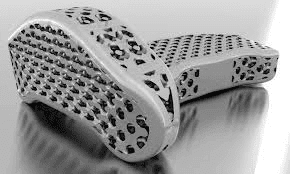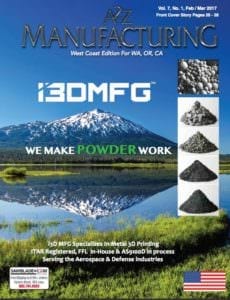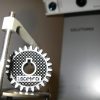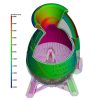By i3d
There continues to be strong demand for the 3D printing and additive manufacturing industry, as pointed out in a recent report from market research leaders PiperJaffray. The research included 79 industry respondents and revealed why they feel bullish on 3D printing and additive manufacturing as a continued growth market for investors.
Here are some of the results of the research which clearly shows that 3D printing and additive manufacturing is a growth industry for investors and also an increasing entry point for new resellers.
Reseller Composition
Over the past year there has been a sizable increase in the number of resellers that have been operating in the 3D printing/additive manufacturing space for less than five years. This shows a strong growing demand for 3D printing and related service delivery. A lot of this demand and growth comes from new respondents to the research which reveals they are Stsratasys (SSYS) resellers. Stratasys is seeing massive growth in the number of people reselling their 3D printing/additive manufacturing equipment and that has a direct correlation to the growing demand for the related services.
Other resellers such as EOS also reported growth, however, they tend to take a more direct approach without relying too heavily on resellers.
In the attached report (PDF), PiperJaffray outlines all of the detailed market signals which point to their bullish recommendation for investors looking at the 3D printing industry.
Service Data Points To Strong 2015
New customers needing 3D printing/additive manufacturing services tend to utilize service providers instead of investing in their own equipment and this trend will persist for the foreseeable future as more and more companies leverage the technology.
In Q4, total growth expectations increased 4 percentage points to 17% which represents a slight uptick from Q3, believed to be due to companies seeing the cost and manufacturing benefits of 3D printing.
Final Thoughts
Due to the increasing reseller demand for 3D printing systems from manufacturers, more companies leveraging 3D printing, better throughputs, better materials and quicker-to-market finish times, market research leaders PiperJaffray feel that the 3D printing/additive manufacturing industry is bullish for investors. Read the full PiperJaffray report, “Q4 3D Printing Survey Points To Strong System Demand From SSYS Resellers” for the detailed analysis, data gathered, and respondent feedback.
Like this:
Like Loading...
